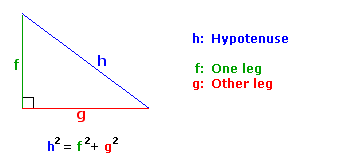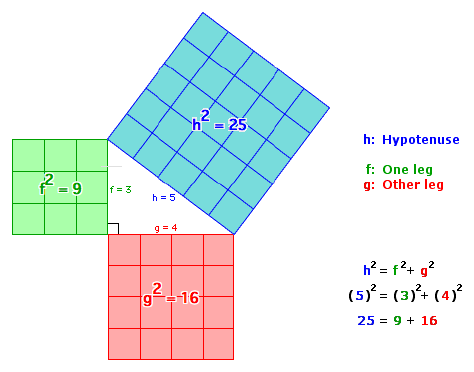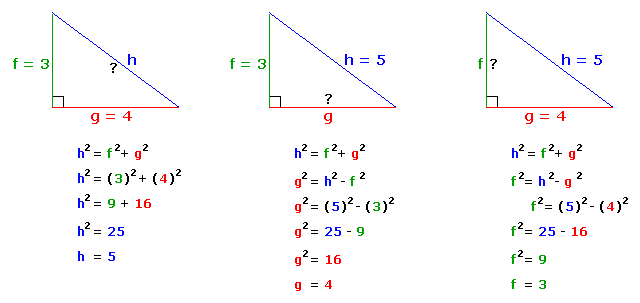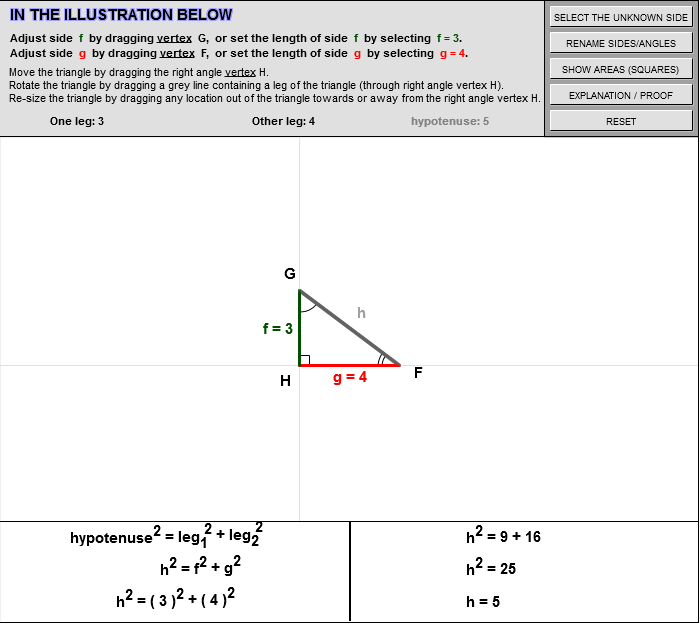The Pythagorean theorem states that in any right triangle, the square of the length of the hypotenuse equals the sum of the squares of the lengths of the legs of the right triangle. This same relationship is often used in the construction industry and is referred to as the 3-4-5 Rule.



